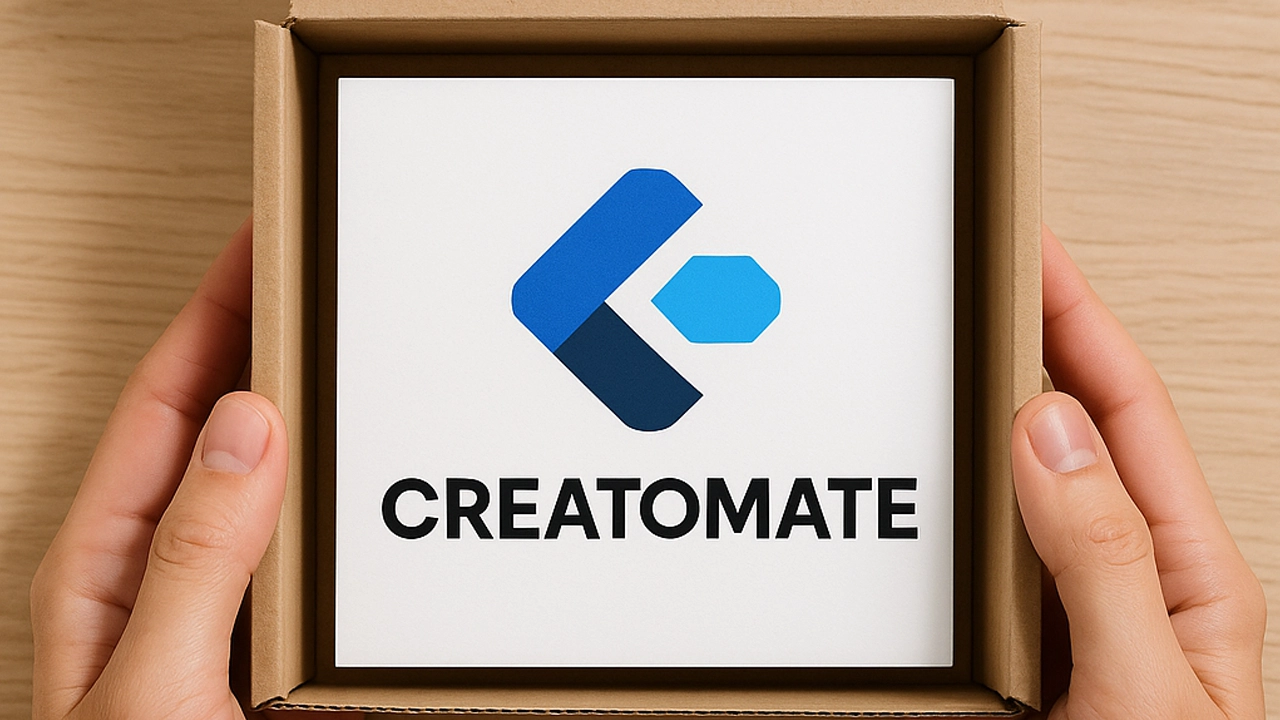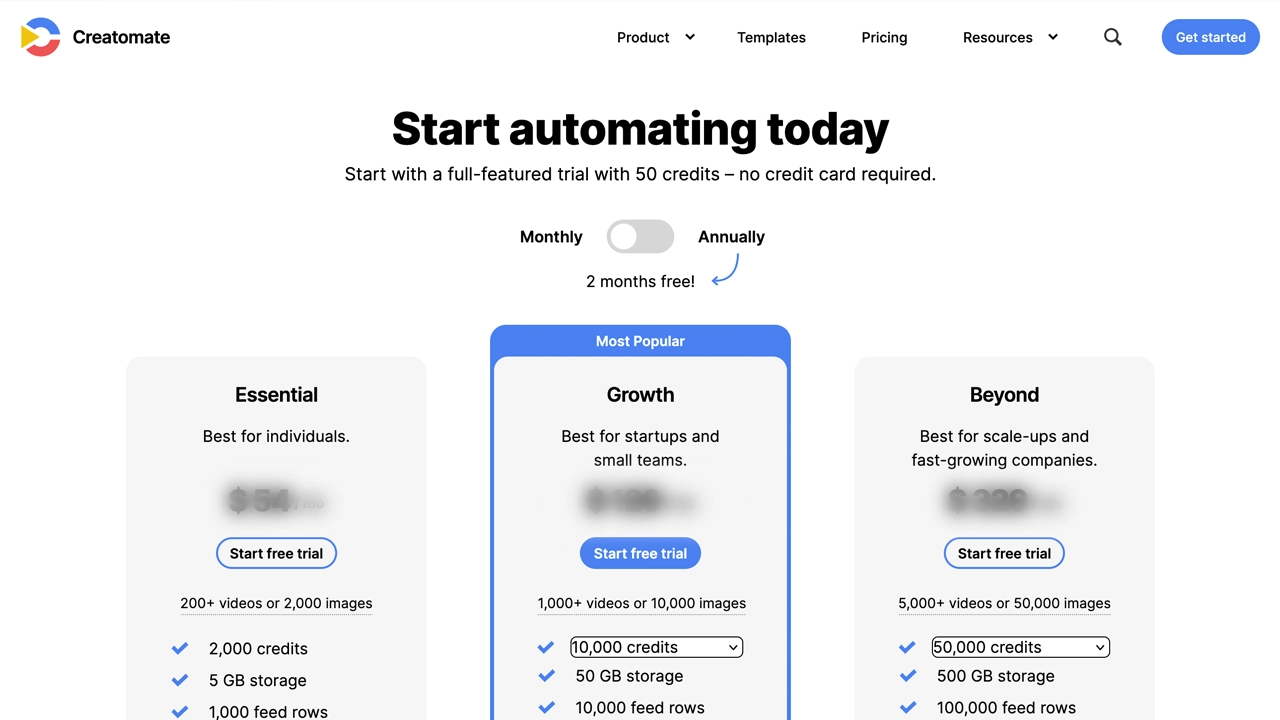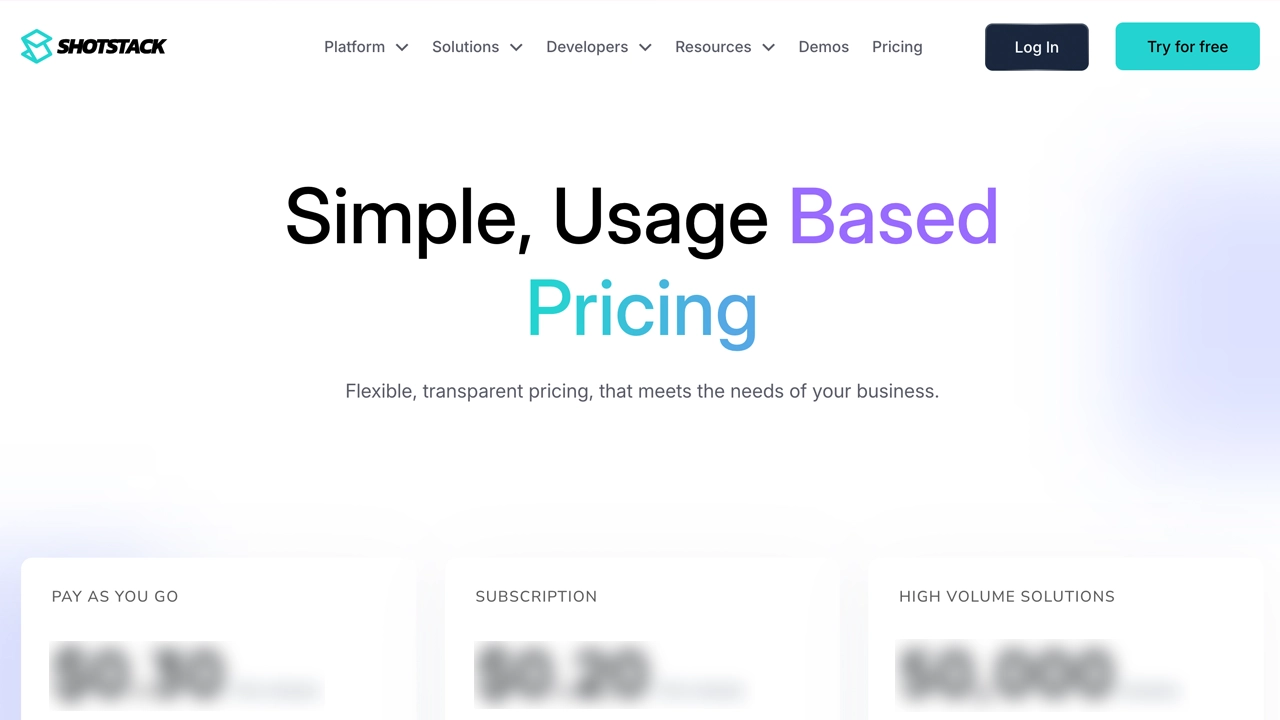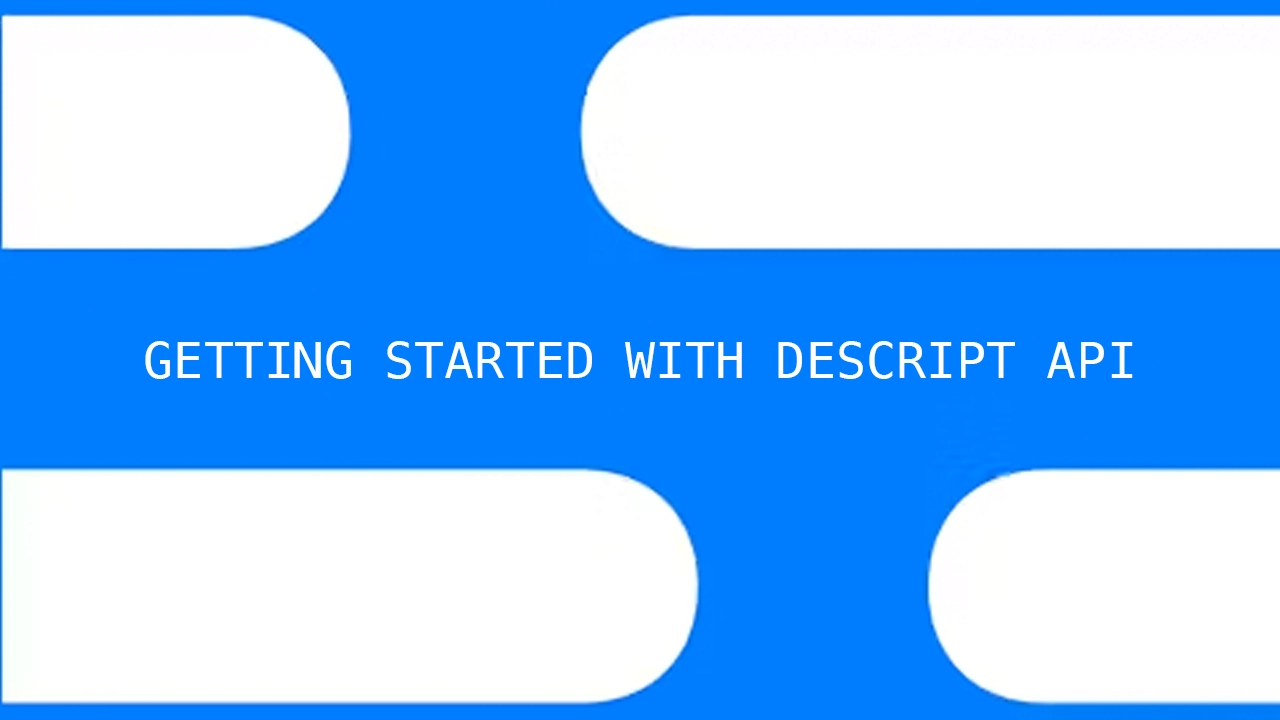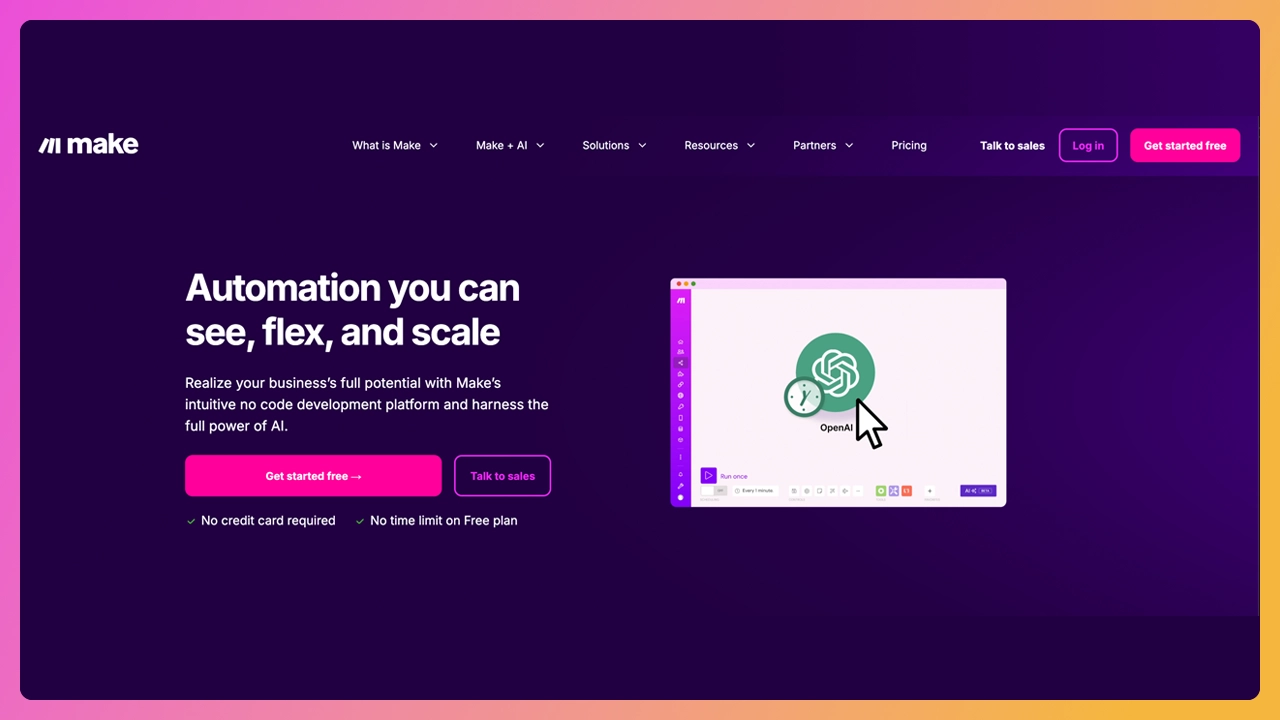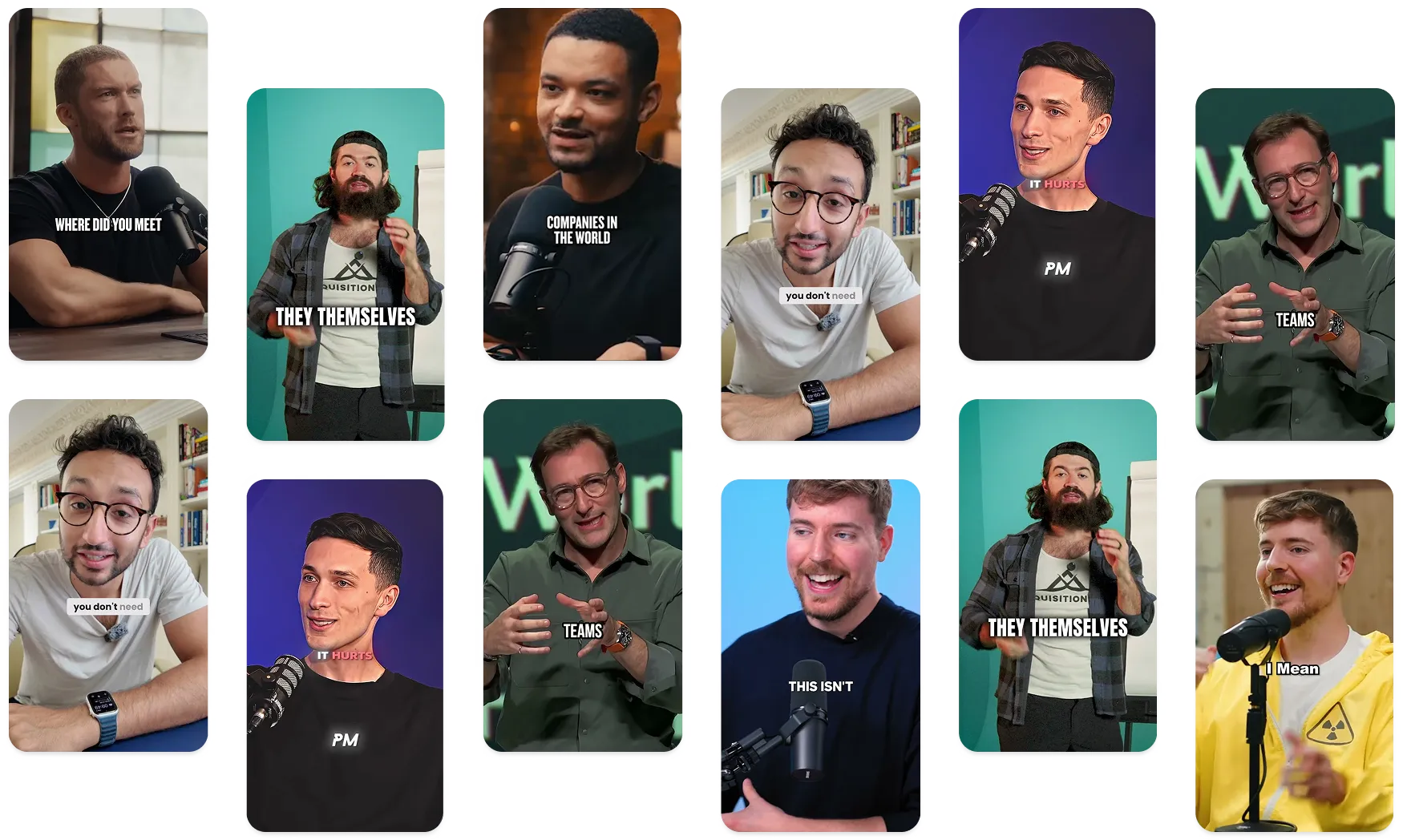Well, Shorts API is one of your secret weapons. If you’re thinking of automating your videos then there’s some amount of third party tools you’re gonna need. You can choose to go no code or full on API in a dark room with screens that look like “hackers” in movies.
No matter your approach, you’ll be leveraging APIs. No code vendors like Zapier and Make.com offer an anyone-can-do-this approach, but in the background, APIs are working hard.
The developer approach is to cut out apps like Zapier and handle all the logic and custom programming yourself.
All this to say, you’ve got to research the best APIs no matter the method.
You’re going to need APIs to:
- Take a long form video and chop it up into the best moments.
- Add contextually relevant B-rolls, music, & sound effects.
- Accurate captions you can trust, while also looking sharp. And other video editing requirements.
- Bonus, automatically generate relevant hook titles, descriptions, and hashtags.
- Finally - deliver the complete video to YouTube.
While this is easy to sum up in 5 bullet points, in reality, manually doing this for one video can take quite a while. With the right API, you could publish thousand videos a month.
Quick plug: Submagic API does all of the above. No more hunting down one app to do X and another to do Y. Streamline your workflow. Check out the Submagic API for no code and developer friendly version with great documentation.
Try the best video editing API to see how you can scale your videos.
First things first: What is "Shorts API"?
The term “Shorts API” is messy. It means different things depending on what you’re trying to automate. There’s no single master API called the "YouTube Shorts API" (at least not officially). But here’s how the internet slices it:
- APIs to create YouTube Shorts programmatically: You want to auto-generate vertical video content. Think: Creatomate, Shotstack, Bannerbear, and Submagic, tools that generate AI-powered short-form video in the perfect 9:16 aspect ratio.
- APIs to analyze Shorts performance: That’s where the YouTube Data API comes in. It gives you access to video metadata, analytics, playlists, and even real-time channel stats.
- APIs for sharing Shorts (like URL shorteners): Yep, “shorts” can also mean short links. Think: Rebrandly, Bitly, etc. Not what we’re focused on today, but useful if you're sharing a ton of Shorts across social media.
Here’s what you can actually do with a Shorts API
1. Create and publish YouTube Shorts automatically
If your workflow looks like “film → edit → upload → post → repeat,” it’s time to automate.
Using tools like Creatomate or Submagic’s AI video editor, you can:
It all starts with an API request, some well-structured JSON, and an API key. From there, you can generate and store templates, customize thumbnails, and automate entire content pipelines.
Bonus tip: Automating your short-form videos frees you up to focus on storytelling, not timestamps.
2. Track video data and Shorts performance
Let’s say you want to:
- Get the snippet, title, and thumbnail of the latest YouTube Shorts from your channel
- Analyze playback stats like views, likes, and comments
- Monitor your Shorts playlist and receive a notification when new videos are added
The YouTube Data API is your go-to.
A basic curl request or Python script with the right headers, authentication, and content-type will return a nice JSON api response. You can sort by date, filter by video content type, and even check metadata fields like hashtags.
curl \
'https://youtube.googleapis.com/youtube/v3/search?part=snippet&channelId=YOUR_CHANNEL_ID&type=video&videoDuration=short' \
--header 'Authorization: Bearer YOUR_ACCESS_TOKEN' \
--header 'Accept: application/json'
Now plug that into a dashboard or automation script, and you’re monitoring Shorts performance like a YouTube analyst on espresso.
Pro tip: Combine this with your social media scheduler or Airtable tracker for a real-time workflow boost.
3. Use developer-friendly tools for every stack
Whether you live in Python, JavaScript, PHP, or Java, the APIs above play nicely with your stack.
Want to embed YouTube Shorts in your app? Pull the embed link from the snippet object.
Trying to build a Shorts scheduling tool? Use the playlistItems endpoint to programmatically control your Shorts playlist.
Building an analytics dashboard for clients? Tap into channelStatistics for views, uploads, and subscriber deltas in real time.
Also, don’t sleep on GitHub, you’ll find tons of open-source wrappers and templates to jumpstart your build.
What about pricing?
Pricing varies wildly. Creatomate, Shotstack, and others are pay-per-video or subscription-based. The YouTube Data API is free for most use cases but has quota limits.
As for Submagic? We offer custom pricing based on your needs. When it comes to API, no two use cases are similar. Chat with us and we’ll get you decision-making numbers, quickly.
Key takeaways
- If you want to create Shorts with automation, use Creatomate or Submagic for speed, templates, and style.
- If you want to analyze Shorts data, the YouTube Data API is your best friend.
- Your tech stack doesn’t matter. Whether it’s curl, Python, JavaScript, or Java, you can plug into the Shorts ecosystem and build something powerful.
Short-form video is exploding. And the creators winning right now? They’re not just creative. They’re automated. Whether you're managing a YouTube channel, scheduling Reels, or tracking TikTok stats, get friendly with the right Shorts API, and you’ll save time, scale fast, and maybe even go viral while you sleep.

















